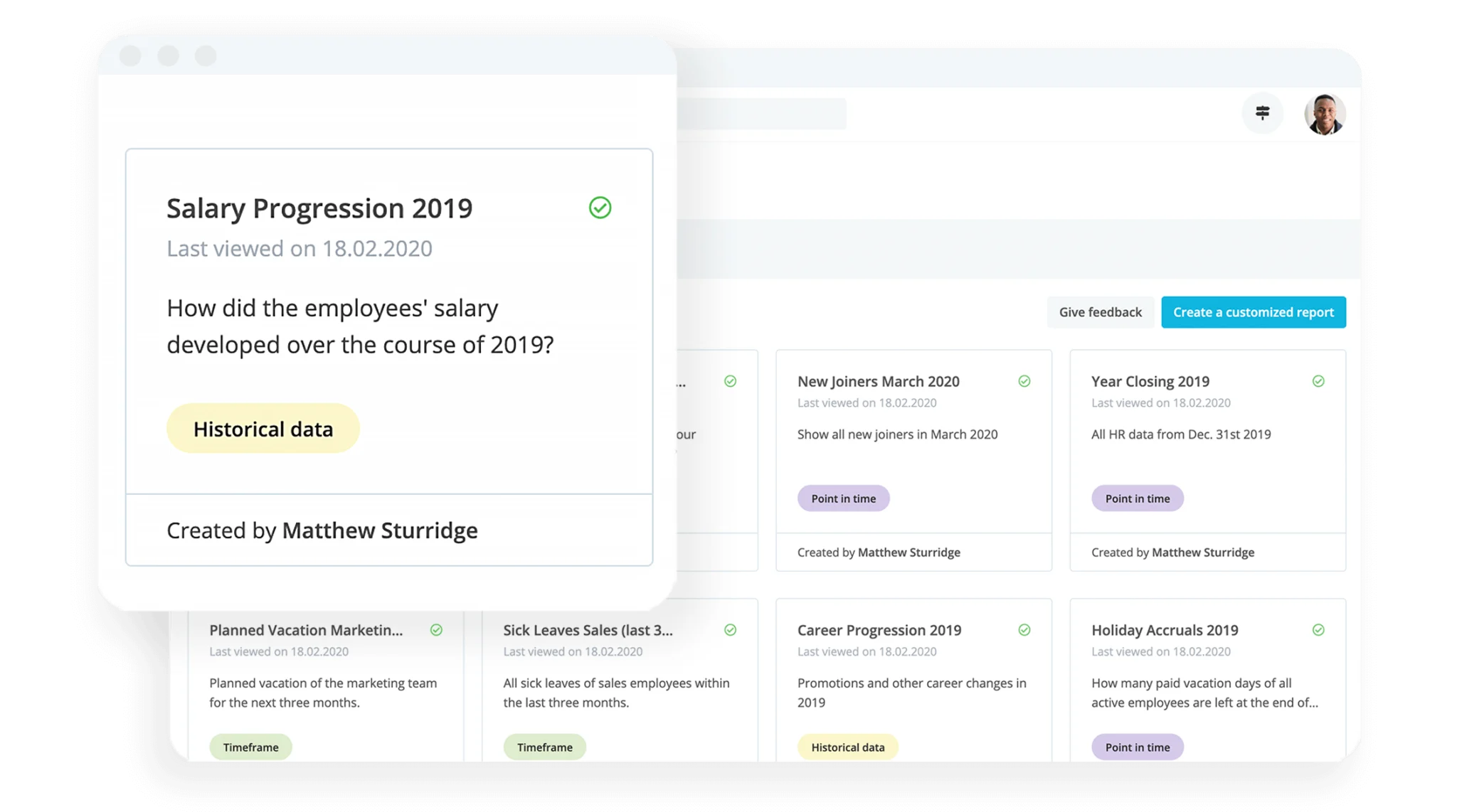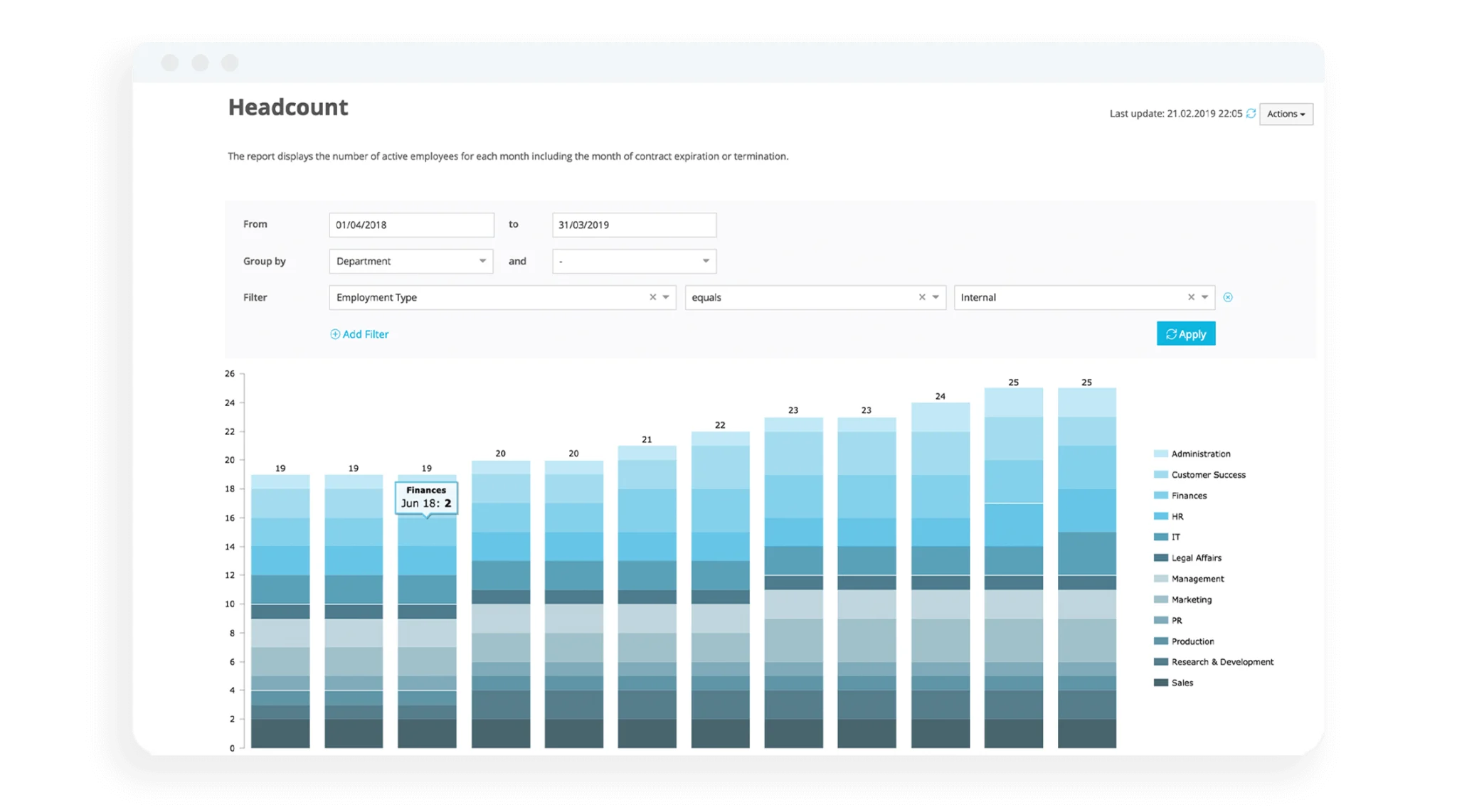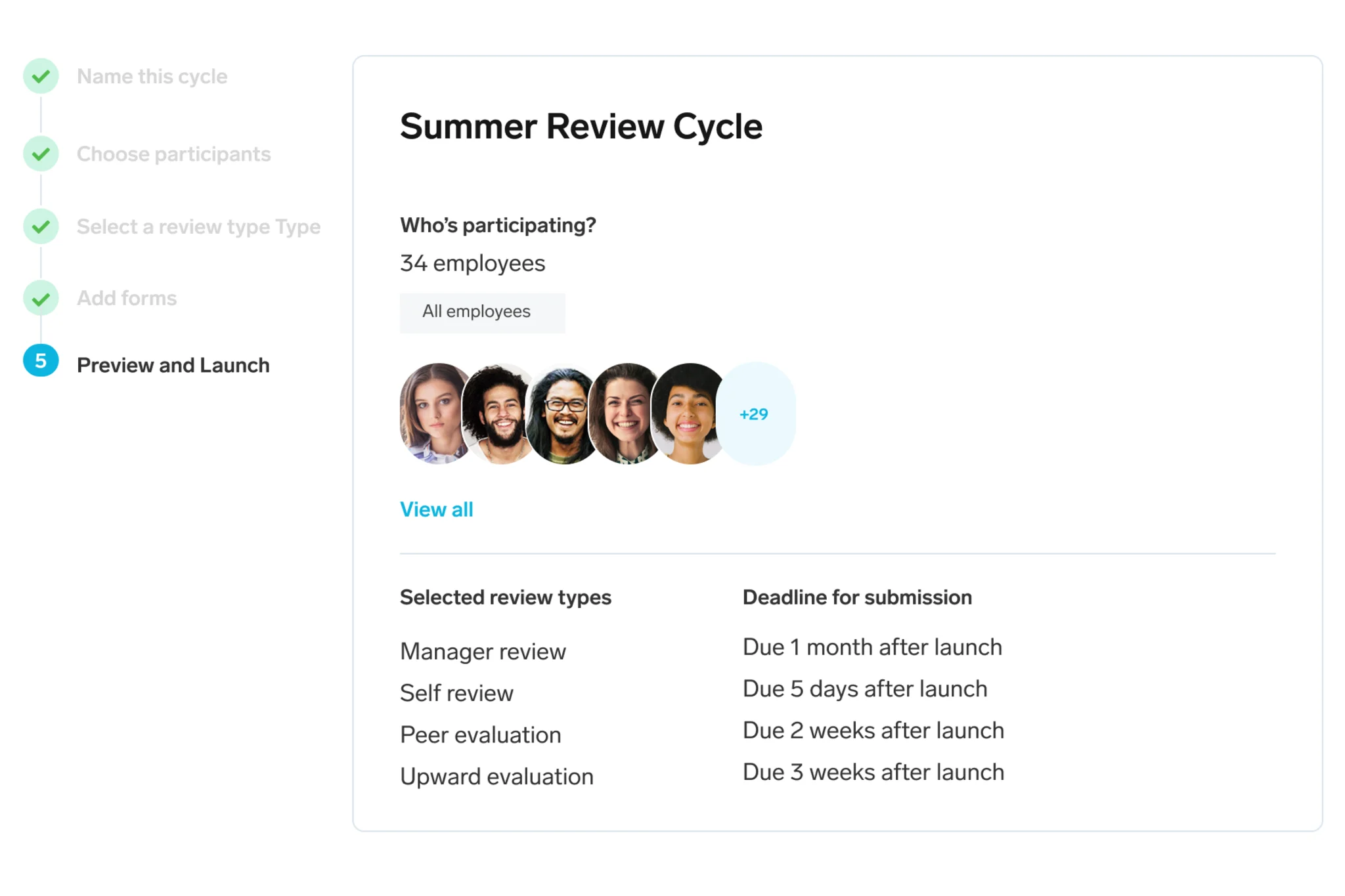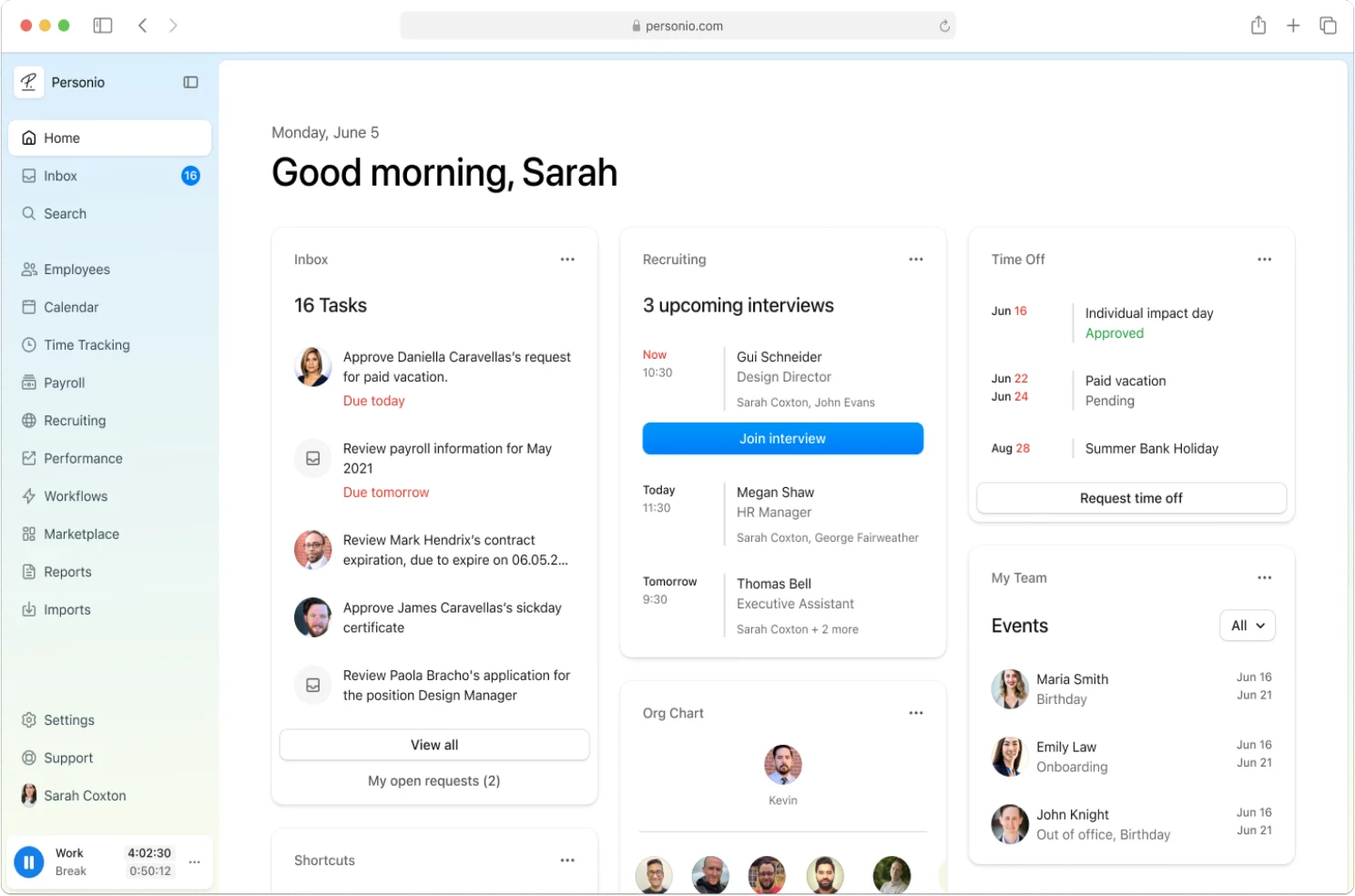Performance Metrics: Understanding, Tracking and Optimising

Every business wants to understand their true level of success, but how exactly do they go about establishing what that means for them? With so many factors to assess, there are many ways to define — and ensure — that a company or department is running successfully.
Performance metrics allow companies to inspect their work at a detailed level. From internal processes to customer satisfaction, performance metrics are fundamental to understanding your organisation’s strengths and for planning ahead.
Key Facts
Performance metrics can help you assess which parts of your company are performing their best and those that may need improvement.
Tracking performance is essential for measuring employee performance, project management efficacy and financial forecasting, among other tasks.
There are multiple ways to calculate the performance of a given sector in your company.
What are performance metrics?

Performance metrics are success indicators that demonstrate how well a business or a certain element of a business is functioning. Businesses measure performance metrics that focus on core operational areas, such as financial and employee performance.
Tracking performance metrics is a valuable way to evaluate the overall health of a business from client-facing and internal organisational perspectives.
Metrics such as customer satisfaction show the quality of a company’s product or service, and employee performance metrics can help predict retention and team wellbeing.
The difference between performance metrics and KPIs
Key Performance Indicators, also known as KPIs, are another type of metric that companies frequently use to evaluate work quality. Unlike performance metrics, KPIs are reliant on a specific business objective. Although both measurements are quantitative, KPIs are often more granular and strategic. The lines between the two can seem quite blurry, especially since certain metrics can overlap. The difference lies in the purpose for measuring it.
For example, an HR department may want to get a concrete sense of employee satisfaction. Turnover rate can be a performance metric for job satisfaction within your organisation. The turnover rate metric can also function as a valuable HR KPI if your goal is to reduce turnover by 10% in the financial year. While you will use the same formula to calculate turnover either way, a turnover KPI drives you to meet a specific goal.
Why should businesses track performance metrics?

Measuring performance metrics gives businesses the insight they need for growth and preparation. Performance measurements supply companies with the information they need to make knowledgeable choices and course correct where necessary.
The benefits of tracking performance metrics include:
Strategic evaluation. Assessing the efficiency and success rate of your internal processes can reveal which strategies work best and which should be reevaluated.
Financial forecasting. Revenue and expense metrics are vital for accurate budgeting and spend assessments.
Growing customer reach. Metrics such as lead generation and customer retention rates are helpful for predicting profit increases.
Evaluating employee performance. Productivity metrics can help managers and employees set benchmarks towards realistic performance goals.
The four main types of performance metrics
There are several performance metrics that businesses may prioritise, depending on their own unique industry needs and objectives. If you’re unsure which performance metrics are most relevant to your business, all metrics generally fall into one of four categories. Some metrics will only apply to individual teams, while others may be useful across your organisation.
1. Metrics for business performance
These metrics signify how well business is growing and if you’re balancing spend with revenue for long term financial health.
Return on investment (ROI). This metric calculates the ratio of investment spend to profitability, informing you exactly how much a business investment is worth. ROI is key to evaluating the quality of past investments and for making informed spend decisions in the future.
Net income ratio. If a company wants to assess profitability, this figure represents the amount of revenue left over when business expenses are subtracted. Net Income Ratio is a great immediate indicator of financial performance.
Customer lifetime value. Customer loyalty is essential for business to thrive, and this metric allows you to quantify the exact value of customer allegiance. Customer Lifetime Value measures the amount and frequency of a customer’s spending habits.
Effectiveness ratio. You can measure the efficiency of three turnover rates with this metric, including inventory, asset and receivable payments. The effectiveness ratio is helpful for gauging overall productivity.
Web traffic analytics. Website session data provides a report of each new visitor your business website receives. This is a helpful tool for estimating how well your marketing efforts are resonating with potential customers.
2. Metrics measuring sales team performance
Sales metrics measure the success of individual or team sales goals. In addition to identifying total completed sales, these assessments can explain which sales strategies are most effective.
Lead generation and follow-up. It’s great to track the total incoming number of client leads. Reviewing the percentage of lead follow ups and sales staff response times also shows how well your team handles new prospects.
Proposal output. How effective is the sales team at pitching new business? Tracking outbound proposals makes it easier to predict how likely you are to reach your revenue targets.
Monthly growth. Monitoring the increase or decrease in sales each month is essential for determining sales team performance and overall growth. Data from past years can also help predict peaks and dips in your sales cycle.
Conversion rate. What percentage of leads are resulting in actual customers? Your conversion rate tells you how successful your sales team’s efforts have been. And if most leads don’t result in sales, your sales director can use this information to determine where (or with whom) leads are dropping off in the pipeline.
3. Metrics measuring project management efficiency
Project management metrics are instrumental for evaluating internal processes for every department in your company. These metrics can inform directors and managers if they’ve been successful in meeting project goals and gauge the effectiveness and productivity of your strategies.
Gross profit margin. Similar to determining ROI, gross margin compares the difference between money spent on a project and profit earned.
Meeting deadlines. Did your team reach all goals in a timely manner? Deadline performance metrics give you an accurate depiction of how much time and effort it takes for a team to complete a project task. Missed deadlines can indicate performance issues on a team or communication problems in your organisation.
Employee utilisation rate. Employee time and effort is one of your most valuable resources. This metric reflects how many hours a team member spent on a project and compares it to the total amount of time they have available. If this number is too high, you can redetermine which processes are taking too long.
Quality control. Project success hinders on delivering a high quality product or service. Quality control metrics tell you how successful your end results are and can also help you identify where any errors are occurring in production.
4. Employee performance metrics
Knowing how to measure employee performance metrics is especially important for HR teams. Employee performance is a key performance metric for the overall success of a business. And individual performance data is necessary for guiding employee goals.
Absenteeism rate. Attendance is often correlated with employee engagement and can be a useful indicator of performance and productivity.
Overtime rate. Employees who frequently work overtime may be on the path to burnout. Reviewing overtime per employee can alert HR teams when it’s time to reallocate uneven workloads or when they may need to increase headcount. This metric can also illustrate the reason behind high turnover.
Work quality appraisal. A great way to quantify employee performance is through subject appraisal by their manager during a performance review. Organisations can set a scoring method that weighs work quality.
Learning and professional development. No matter what an employee’s role is or how well they perform, there’s always room for improvement. Training completion rates and scores are a good sign that an employee is on the right development path.
Frequently asked questions about performance metrics
What are performance metrics in business?
Performance metrics act as a barometer for success in specific aspects of an organisation’s operational structure. They measure the efficiency of key business strategies, signify business growth or decline and create structure for evaluating employee achievements.
Why should you track performance metrics?
Businesses should track performance metrics if they want a clear image of their overall success. It’s usually not enough to just track one particular metric. Measuring multiple performance metrics offers insight into the details of how your business operates and what processes are most effective. For example, you may have a staff with high productivity but your staff may be overstretched if your overtime rate is especially high. Each performance metric is just one aspect of your business’ comprehensive performance.
Which performance metrics should you track?
There are vast numbers of performance metrics to choose from, but if you know what matters most to your business, you can easily narrow it down. The four types of performance metrics focus on business, sales, project management and employee performance. Certain categories may be more fitting to your business model or even within individual departments. It’s simply a matter of assessing your top priorities.
Performance metrics: Essential for long-term success
If your business wants an authentic representation of their overall operational quality, integrating performance metric tracking is imperative. Sales and business performance metrics tell you if you’re on track for profit targets, and employee performance metrics offer insight into engagement and productivity.
Regularly evaluating the performance metrics that are most important to your company can shine a light on where change is needed. And if business is booming, performance metrics can show you the secret to your success, so you can enjoy continued growth.



